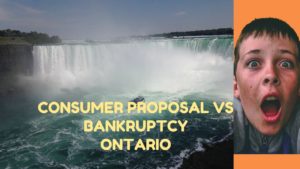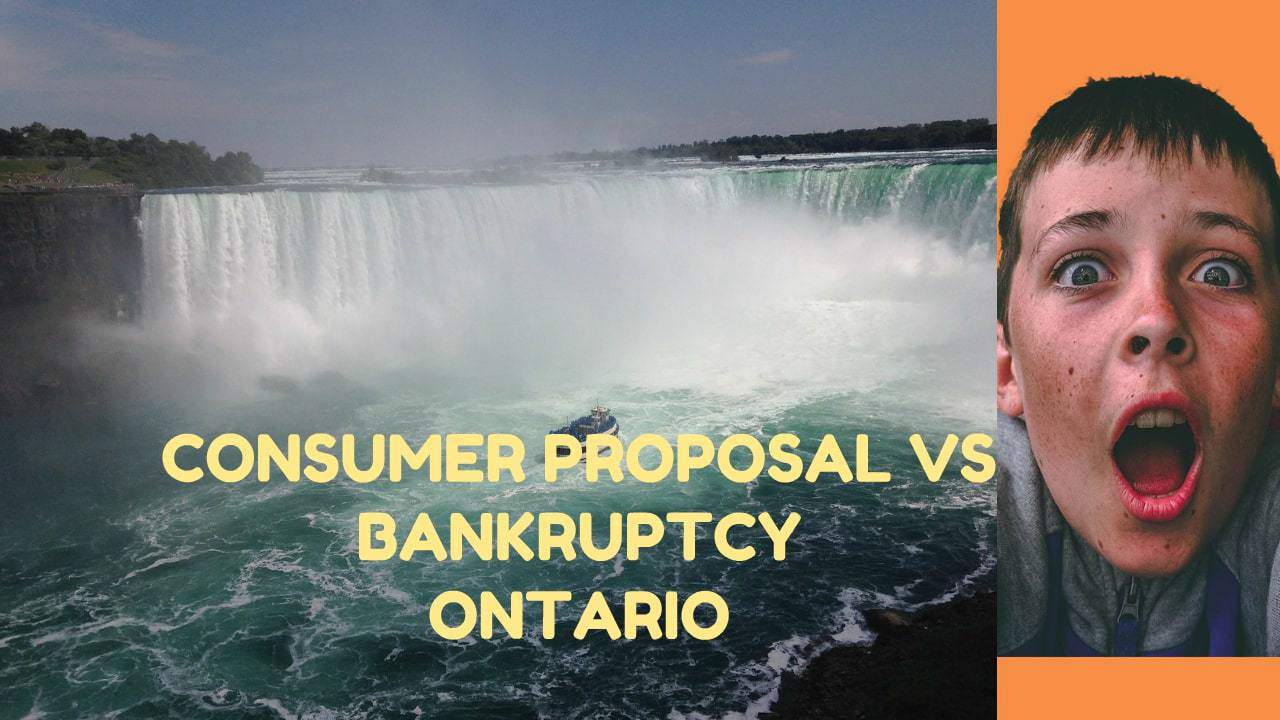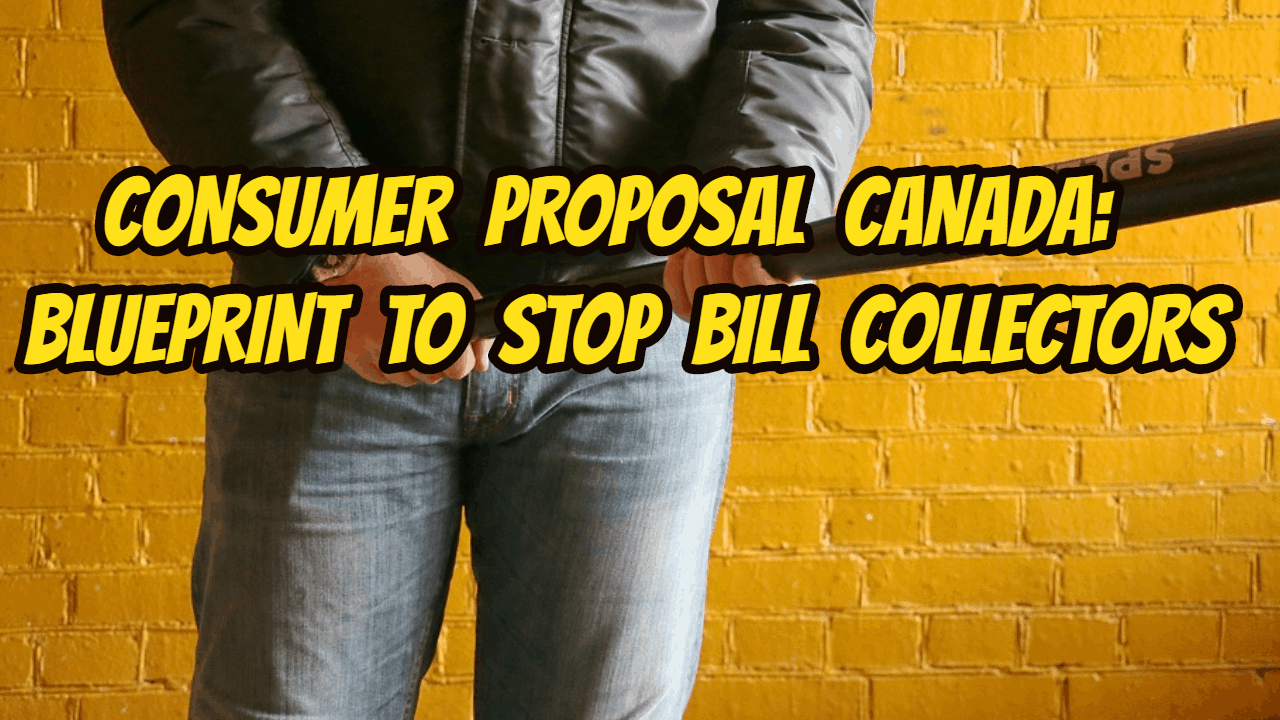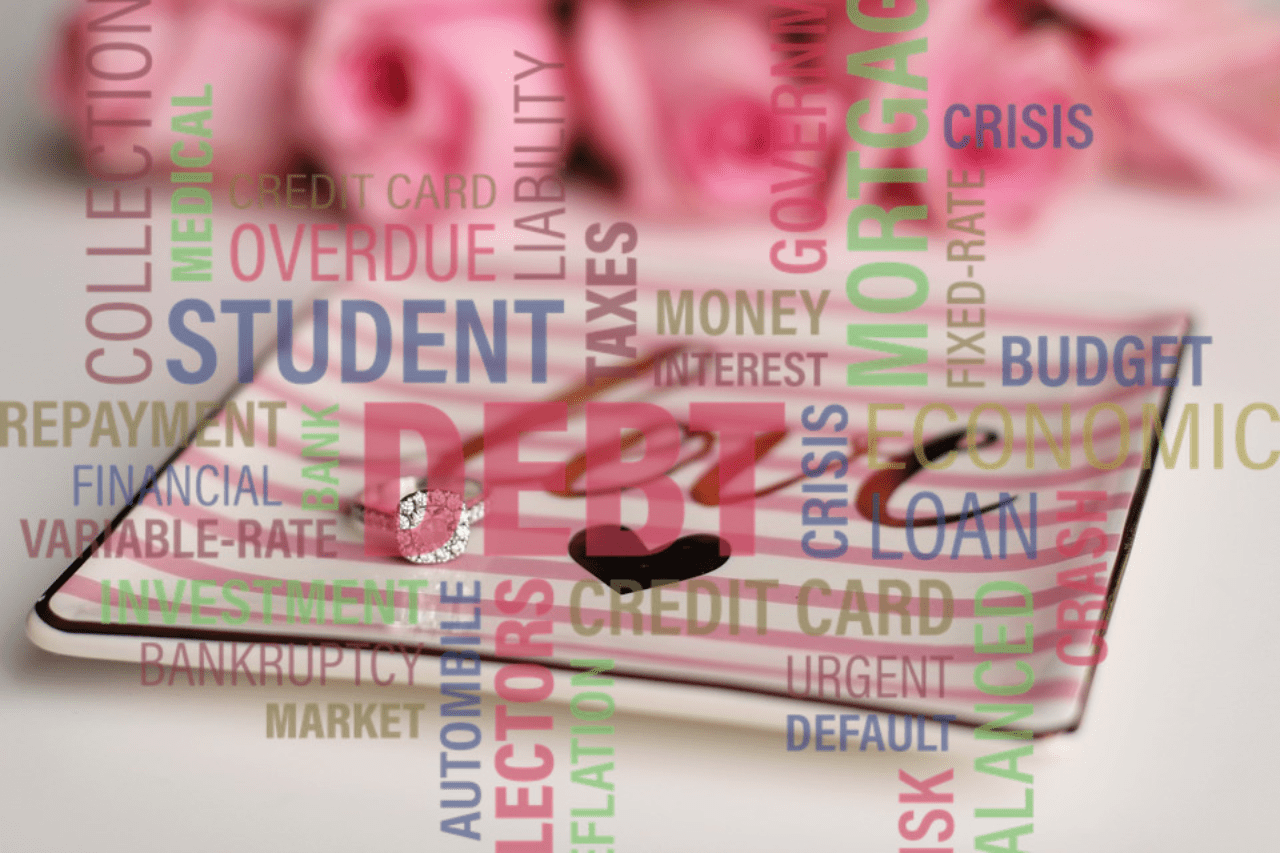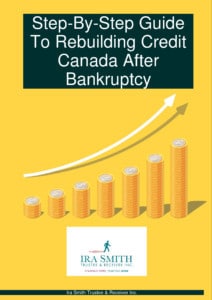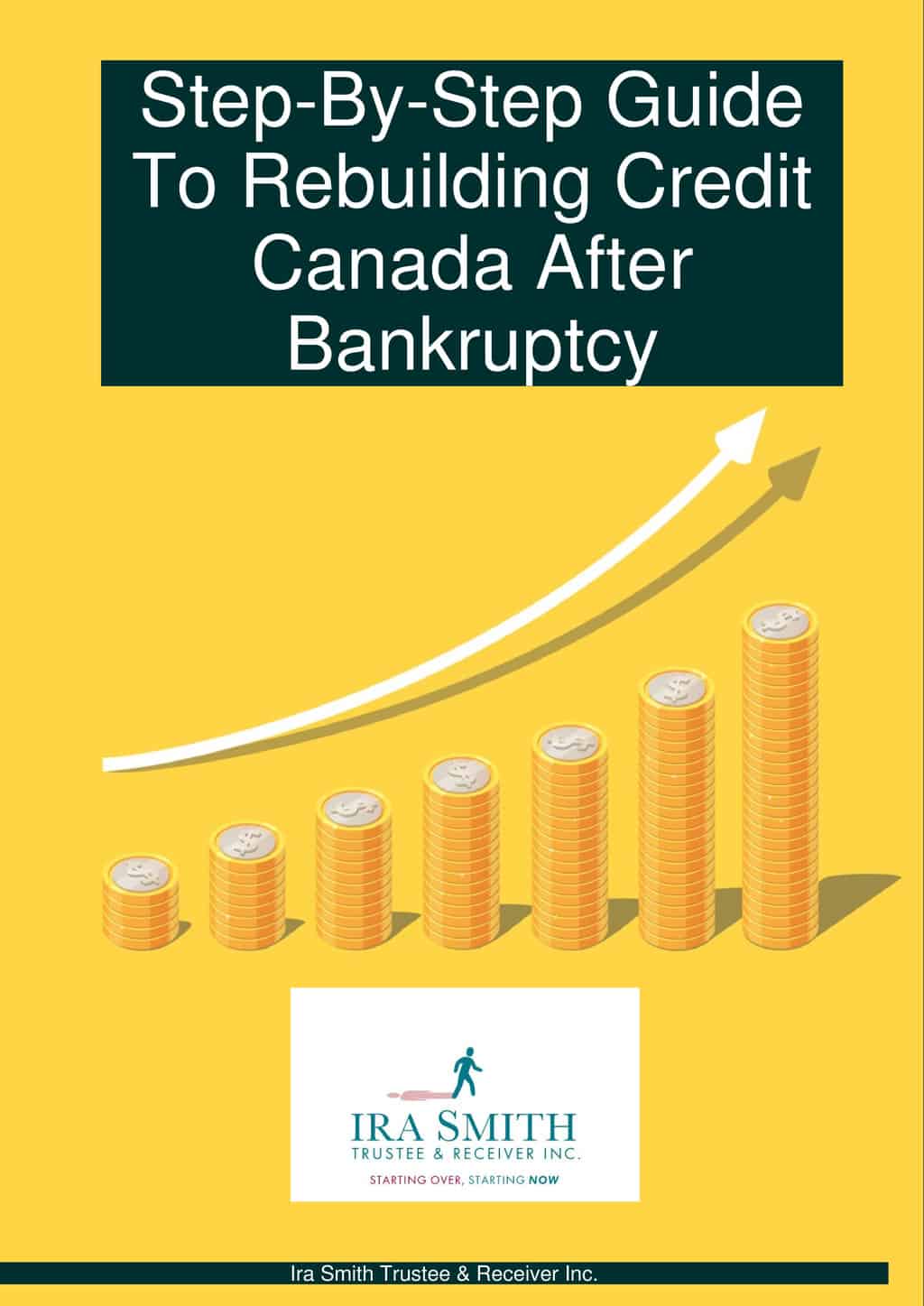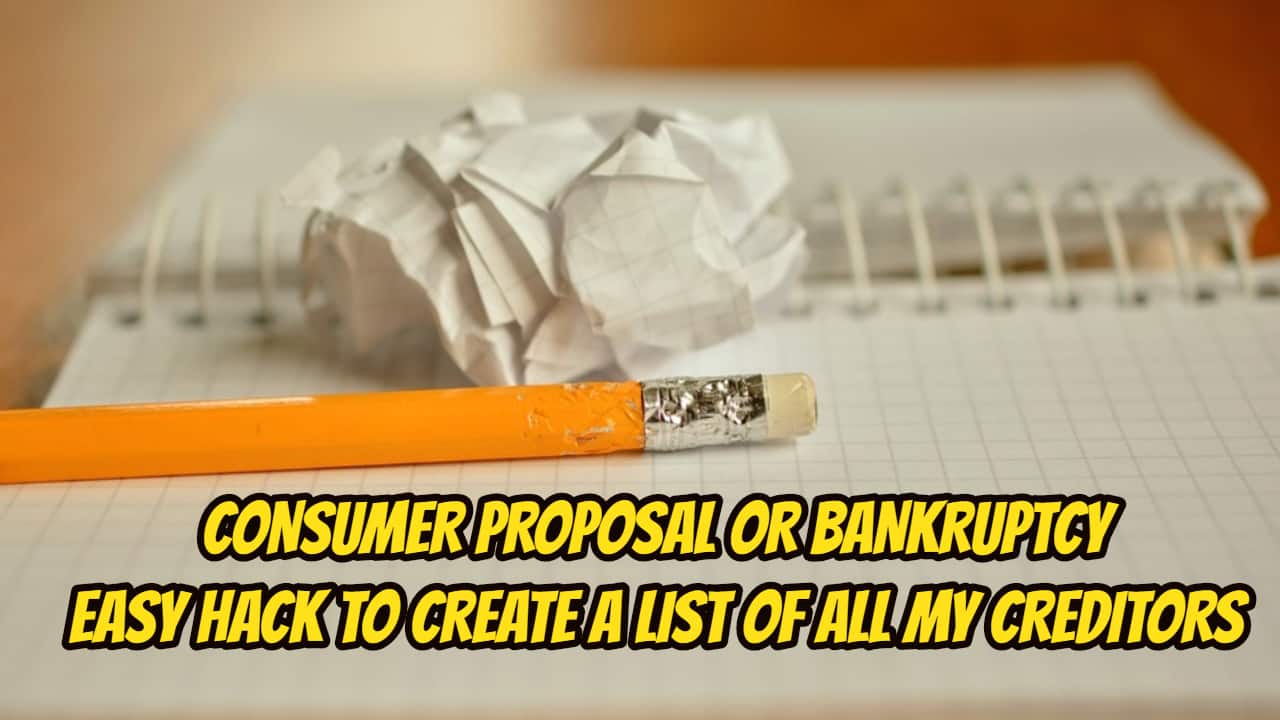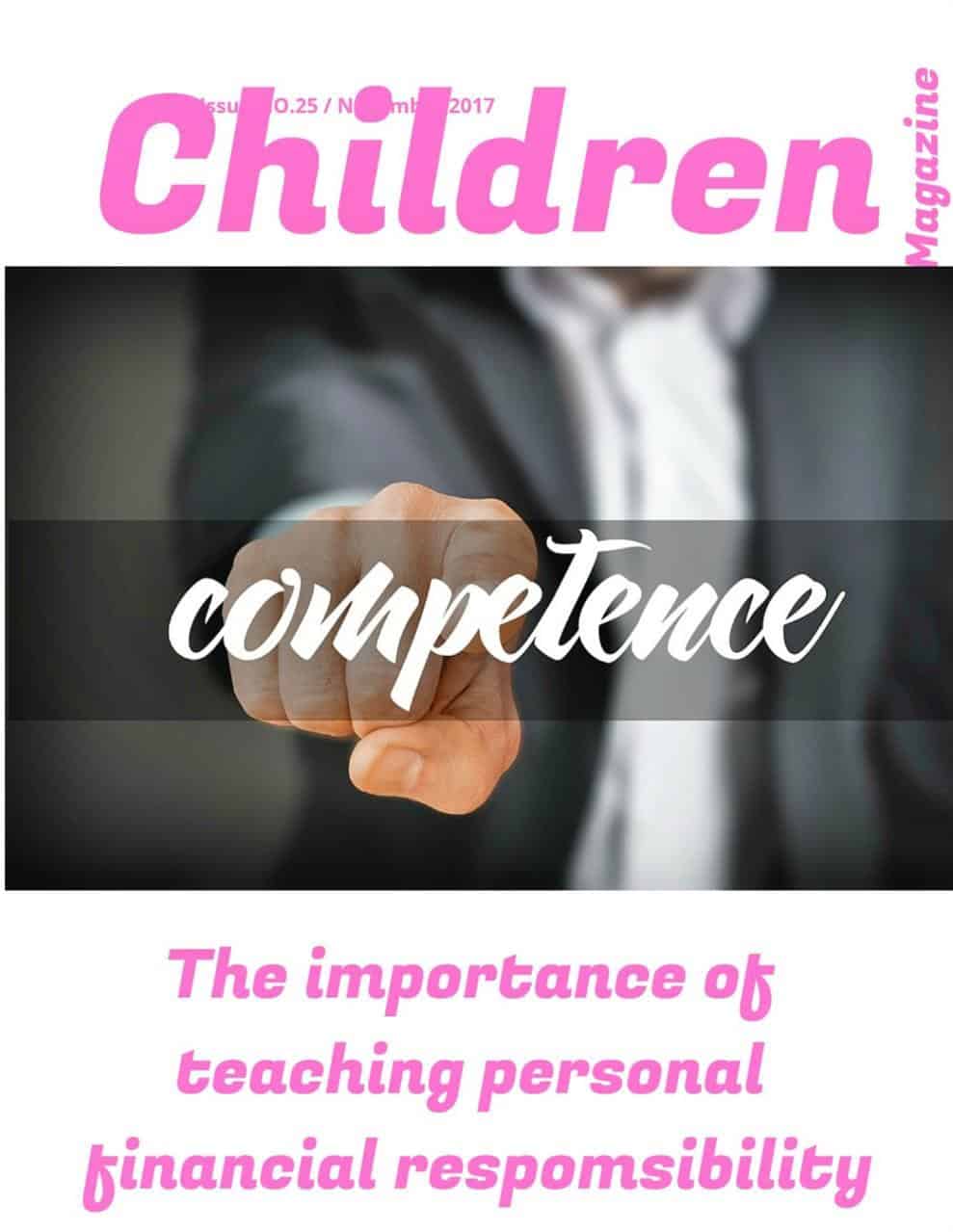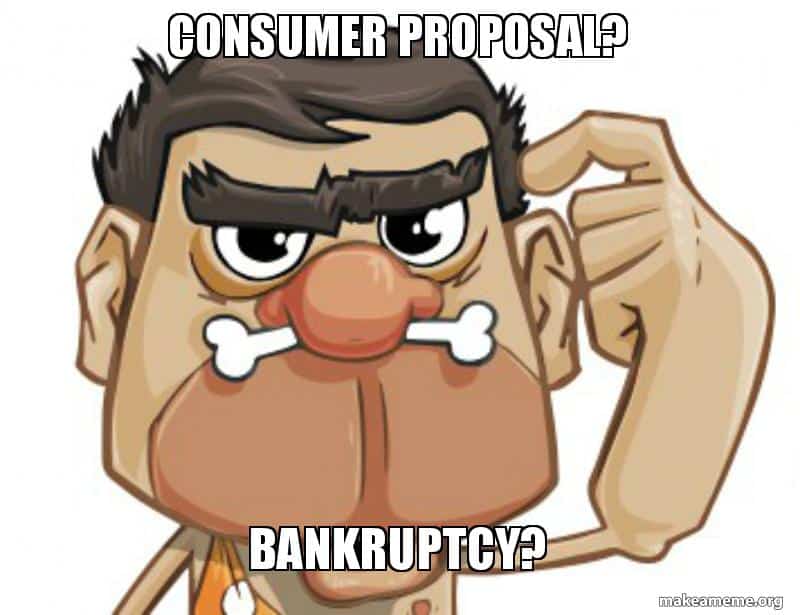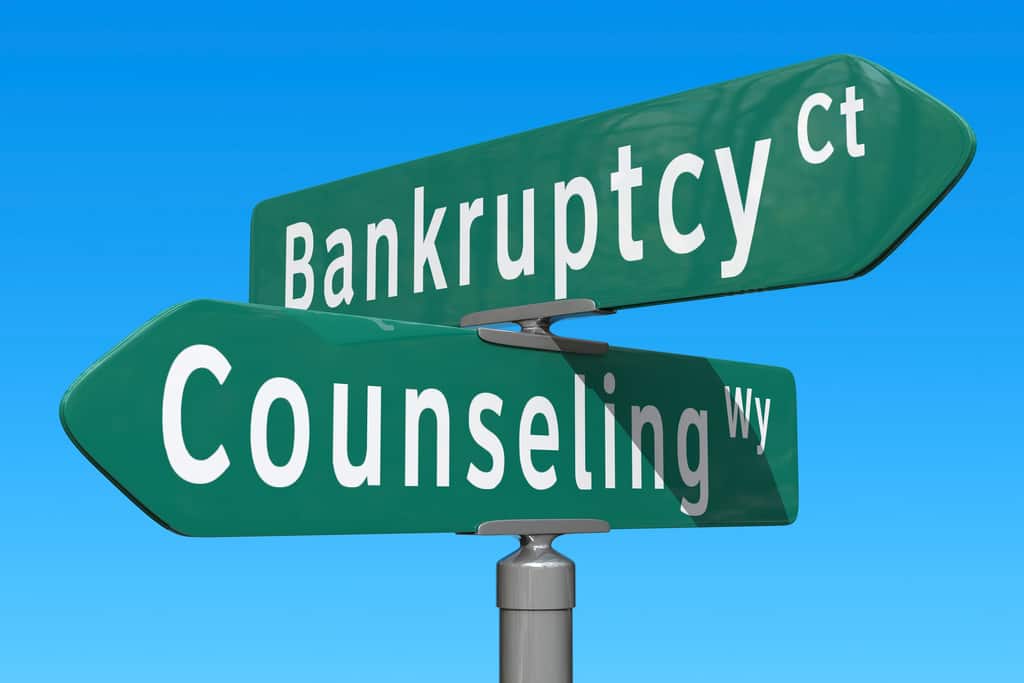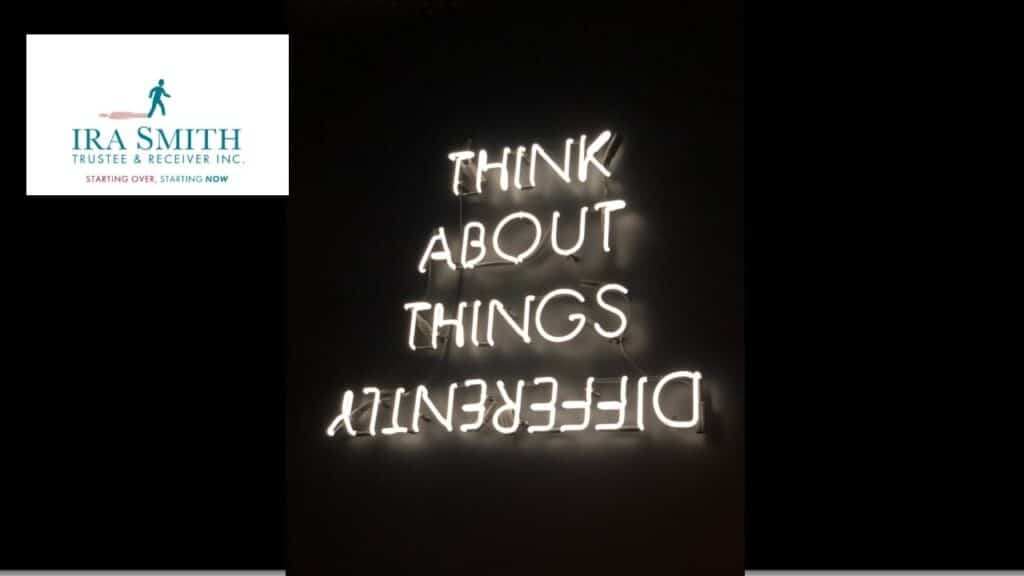
We hope that you and your family are safe, healthy and secure during this COVID-19 pandemic.
Ira Smith Trustee & Receiver Inc. is absolutely operational and Ira, in addition to Brandon Smith, is readily available for a telephone consultation or video meeting.
If you would prefer to listen to the audio version of this Brandon Blog, please scroll to the very bottom of the page and click play on the podcast.
Difference between consumer proposal and bankruptcy: Know your options
Regular readers of my Brandon Blog know that there are a lot of steps you need to go through to financially reorganize your life. I have written before different blogs on various aspects of both consumer proposals and bankruptcy. The purpose of this Brandon blog is to discuss in one place, the difference between consumer proposal and bankruptcy.
Many people opt for one of these options because life has thrown them a curveball, they no longer have the cash flow to pay off their debts and want to start fresh. There are some great benefits to filing bankruptcy. They include eliminating creditors and debts, getting control over your personal finances, and having a stress-free life, Starting Over, Starting Now. But if you’re considering a first-time bankruptcy, or the bankruptcy option even if you are familiar with the Canadian bankruptcy process from a prior time, you should consider the pros and cons of a consumer proposal, the only government-approved debt settlement plan in Canada. It will be good for you to know the options that I explain below.
Consolidation loans vs consumer proposals
What’s the distinction between a consumer proposal and a debt consolidation loan? The consumer proposal process is an insolvency procedure that allows you to resolve all the amounts you owe to your unsecured creditors via an arrangement with your creditors. It does this without needing you to file bankruptcy. A consumer proposal can only be carried out by a licensed insolvency trustee. A consumer proposal allows you to get rid of all the amount owed by repaying only a part of your financial obligations over time.
A consolidation loan means that you still have sufficient assets and income and a good enough credit score, in order to borrow the total amount you owe. The loan must carry an interest rate lower, and hopefully much lower, than the average interest rate of your combined total debt. You use the loan proceeds to repay 100% of your debts. You now have only one loan with a monthly payment you can afford. Taking out a consolidation loan is not an insolvency process.

The main difference between consumer proposal and bankruptcy
The consumer proposal is a fundamental part of our personal insolvency system. It is an insolvency procedure controlled by the Bankruptcy and Insolvency Act (Canada) (BIA) that allows individuals who owe $250,000 or less (not including any financial debts secured against their principal home). It permits you to pay a portion of your financial debts with time, yet eliminate all of them if fully executed. It is an alternative to declaring bankruptcy. It is an alternative to bankruptcy.
Bankruptcy is also a fundamental part of our insolvency system under the BIA. However, rather than restructuring, in personal bankruptcy, the person surrenders all of their non-exempt assets to the licensed insolvency trustee for the benefit of the person’s creditors. Once the bankrupt person has fulfilled all of their duties, they are entitled to receive a discharge from bankruptcy, subject to the Trustee or a creditor opposing it.
Personal bankruptcy involves the liquidation of the bankrupt’s assets in return for the eventual elimination of their unsecured debts. It is not considered a restructuring like a consumer proposal is.
Difference between consumer proposal and bankruptcy: The process of filing a consumer proposal vs bankruptcy
You start by talking to a Trustee who will provide you basic guidance on both a consumer proposal and also bankruptcy. The Trustee will likewise inform you specifically just how each process functions. If at the end of that discussion you inform the licensed bankruptcy trustee that you really feel good in wanting to take the next steps with them, the Trustee will provide you with their intake form. When the form is completed, you send it to the Trustee, including supplying any kind of backup documents asked for, the Trustee can then provide you advice for your unique financial difficulties.
If you choose a consumer proposal, the licensed insolvency trustee will prepare the necessary filing documents for you to sign. This includes assisting you with preparing the best possible proposal that works for both you and your creditors. You then meet with the Trustee to sign the documents. The Trustee then files the documents electronically with the Office of the Superintendent of Bankruptcy (OSB). The OSB then issues the Certificate evidencing the filing and the formal process begins.
After seeing your completed intake sheet, the Trustee will advise on whether or not a consumer proposal would work for you, or if your best or only option is filing for bankruptcy. Similarly, in bankruptcy filings, the Trustee prepares all the required filing documents for your signature. The Trustee explains all of them to you, you sign them and the Trustee then electronically files the filing documents with the OSB. The OSB then issues its Certificate evidencing the bankruptcy and that formal process begins.
You initially meet with the licensed bankruptcy trustee, in-person, by video or phone, to share details of your personal situation, and working together, you determine whether a consumer proposal, an alternative to filing bankruptcy, or personal bankruptcy is the best option for you. With COVID-19, we have been holding all of our no-cost consultations and meetings by phone and video. We can do the sign-up process by video and email. We have found this is very convenient for our clients as they are not required to take the time to attend our office in person.
As you can see, the process of filing a consumer proposal vs bankruptcy is not that different. For filing, there is not really a difference between consumer proposal and bankruptcy.

Major difference between consumer proposal and bankruptcy
Is there a major difference between consumer proposals and bankruptcy? Yes. So far in this discussion, there have not really been major differences. But there really are as the consumer proposal is akin to filing for bankruptcy protection while the other is bankruptcy. Both provide legal protection from creditors. But a consumer proposal gives a person what the media calls filing for bankruptcy protection. When you file for bankruptcy, that calls for the liquidation of non-exempt assets.
Both bankruptcy and a consumer proposal can be excellent options for somebody who is experiencing a challenging financial position. A consumer proposal is an excellent choice for individuals who have the ability to make monthly payments to their creditors totalling less than the amount they owe, yet eliminating all their debts, while keeping the equity they have in assets they wish to keep. Bankruptcy is an excellent choice for those who are bewildered by their financial obligations, and who don’t have a consistent income, making it actually hard or impossible to manage making payments at any level to their creditors.
While both bankruptcy, as well as a consumer proposal, can supply a financial clean slate, there are a few vital distinctions.
In a consumer proposal, you normally get to keep all of your assets. In a bankruptcy, if you have equity in assets that you want to keep, you or someone friendly to you has to pay that equity to your Trustee for the benefit of your creditors. Otherwise, you need to surrender all non-exempt assets to the Trustee for the Trustee to sell them and then put the cash towards the claims of your creditors. The assets covered by your bankruptcy exemptions do not need to be surrendered.
In bankruptcy, you also have the issue of needing to obtain your bankruptcy discharge. If either the Trustee or one or more creditors object to your discharge, then you will not get your automatic bankruptcy discharge and you will have a discharge hearing in Court. You may also be subject to surplus income payments in a bankruptcy, which you will need to make to your Trustee (21 months for a first time bankrupt, 36 months for a second time or more bankruptcy).
The amount to offer your creditors in a consumer proposal has to be a better amount than they would receive from your bankruptcy. After doing the calculations I spoke about above, including any surplus income obligation, you will better understand what amount needs to be offered to your creditors.
Another difference between consumer proposal and bankruptcy is that there is a benefit of a consumer proposal in that you can spread the monthly payments for the amount determined over a term of up to 60 months, interest-free. In a bankruptcy, you are typically required to make any required payments over the term of your bankruptcy, which is much shorter than in a proposal. Therefore the consumer proposal allows you to term out a slightly higher settlement over a longer period of time. This makes the monthly repayment less complicated on your cash flow as well as your budget plan.
Once your consumer proposal is (deemed) accepted by the creditors and (deemed) approved by the Court, you just need to make your promised monthly payments to the Trustee. The Trustee handles making payments at regular intervals to your creditors. Once you have completed the payment promised under the consumer proposal, you receive your Certificate from the Trustee showing that you completed the consumer proposal. That is it. No discharge hearing can be opposed and no extra surplus income payments. It is already accounted for in the amount offered to your creditors in your consumer proposal.
The cost difference between consumer proposal and bankruptcy
When doing a consumer proposal, the fee of the licensed insolvency trustee is included in the payment you negotiate with your creditors. As I mentioned above, the calculation of what to offer in a consumer proposal does not include what the fee and costs are. Rather, it is compared to what the unsecured creditors can expect in bankruptcy.
However, if you were to file bankruptcy, the fee is based on the surplus income you may have to pay (based upon a criterion that includes income and family size) and also any assets that you are required to assign over to the Trustee. You might also have to make month-to-month contributions to cover the fee and costs if your income and non-exempt assets are insufficient to pay for the bankruptcy proceedings.
If there is no surplus income or assets, you, or someone on your behalf, will need to pay the bankruptcy fee which will be approximately $1,800 plus HST.

Difference between consumer proposal and bankruptcy: What’s worse? Credit rating impact of a bankruptcy vs consumer proposal
Both a consumer proposal and bankruptcy are insolvency proceedings under the BIA. Therefore both will negatively affect your credit rating. In a consumer proposal, your credit rating will show as an R9 on your credit report while you are making payments. Once you have completed your consumer proposal, your credit rating will be an R7 for 3 years after completion.
For a first-time bankrupt, if you were to file for bankruptcy, your credit report will show an R9 rating for 6-7 years after being discharged.
The difference between consumer proposal and bankruptcy summary
I hope that you found this difference between consumer proposal and bankruptcy Brandon Blog interesting. Problems will arise when you are cash-starved and in debt. There are several insolvency processes available to a person or company with too much debt.
If you are concerned because you or your business are dealing with substantial debt challenges, you need debt help and you assume bankruptcy is your only option, call me.
It is not your fault that you remain in this way. You have actually been only shown the old ways to try to deal with financial issues. These old ways do not work anymore.
The Ira Smith Team utilizes new modern-day ways to get you out of your debt difficulties with debt relief options as alternatives to bankruptcy. We can get you the relief you need and so deserve. Our professional advice will create for you a personalized debt-free plan for you or your company during our no-cost initial consultation.
The tension put upon you is big. We know your discomfort factors. We will check out your entire situation and design a new approach that is as unique as you and your problems; financial and emotional. We will take the weight off of your shoulders and blow away the dark cloud hanging over you. We will design a debt settlement strategy for you. We know that we can help you now.
We understand that people with credit cards maxed out and businesses facing financial issues need a realistic lifeline. There is no “one solution fits all” method with the Ira Smith Team. Not everyone has to file bankruptcy in Canada. The majority of our clients never do as we know the alternatives to bankruptcy. We help many people and companies stay clear of filing an assignment in bankruptcy.
That is why we can establish a new restructuring procedure for paying down debt that will be built just for you. It will be as one-of-a-kind as the economic issues and discomfort you are encountering. If any one of these seems familiar to you and you are serious about getting the solution you need to become debt-free, contact the Ira Smith Trustee & Receiver Inc. group today.
Call us now for a no-cost consultation.
We hope that you and your family are safe, healthy and secure during this COVID-19 pandemic.
Ira Smith Trustee & Receiver Inc. is absolutely operational and Ira, in addition to Brandon Smith, is readily available for a telephone consultation or video meeting.



